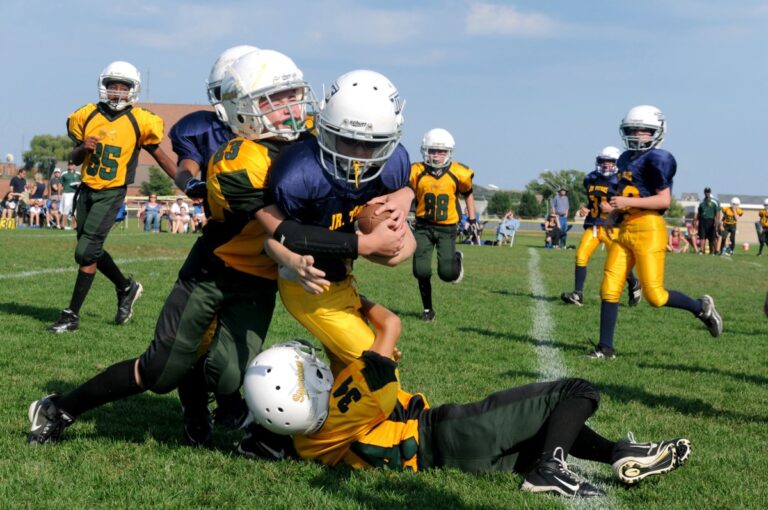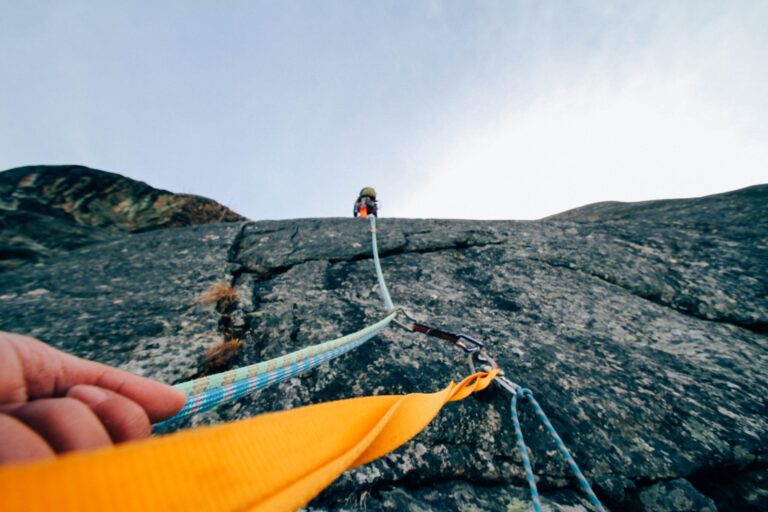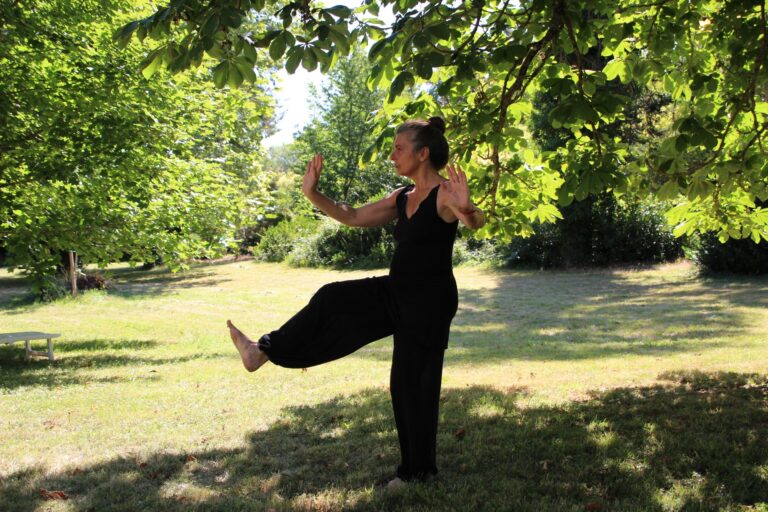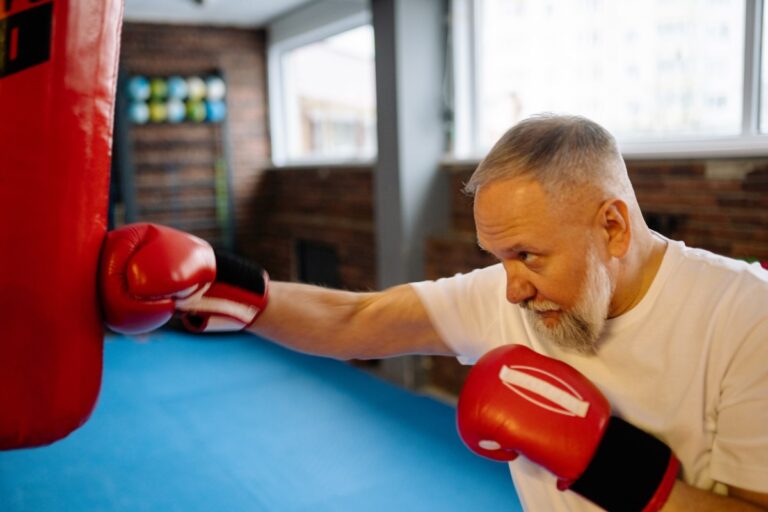Why sticking to your ACL reconstruction rehabilitation is important
ACL tears are one of the most commonly reported knee injuries in athletes, particularly in pivoting and cutting sports such as soccer, basketball, football and rugby.
In our corner of the world, skiing and snow sports are another common cause of ACL injuries.

Physicians at the Banff Sport Medicine clinic assess over 1500 acute knee injuries every year from our local communities, with patients ranging in age from 5 to 85 years old.
ACL reconstructive surgery is currently the gold standard for treating a symptomatic ACL-injured knee, especially for those patients participating in higher-risk sports.
Patients with very active lifestyles or physical occupations may also opt for surgery compared with more conservative management.
DYK our orthopaedic surgeons complete 500-600 ACL reconstructions every year?; approximately 25% of these surgeries performed in Alberta!
A physical rehabilitation program is routinely prescribed after ACL reconstruction.
These programs aim to restore motion, improve neuromuscular coordination and balance, and improve leg and core muscle function and activation.
The ultimate goal is to enable a patient to return to their sport and physical activity, with a reduced risk for additional injury to the knee.
While ACL reconstruction is very successful for re-stabilizing the knee, allowing most patients to return to running, jumping and pivoting sports after surgery, the end result for each patient depends on the amount of time spent doing rehabilitation including strength, balance and agility exercises.
“The best results from surgery will be achieved 25% from the ACL reconstruction and 75% from dedication to the rehabilitation exercises”
Adherence to rehabilitation, especially in the first 6-months following surgery, will improve your chances of returning to sport as well as improving your knee function
Research has shown that those patients who stick to their rehabilitation programs following surgery have improved outcomes compared to those patients that do not.
In one such study, patients were asked to complete 20 supervised physical therapy sessions starting from 1-week post-surgery up to 9-months post-surgery (with the majority of sessions being within the first 6-months).
Patients that attended most of these sessions were more likely to return to their sporting activities, as well as having better knee function 1-year after surgery1.
Another study found that patients under 30 years of age who followed their home-exercise program during the first 8-weeks after surgery, had better functional outcomes at 9- and 12-months after surgery compared to those that didn’t adhere to their exercise regime2.
Patient advice on rehab after ACL reconstructive surgery
English Subtitles
French Subtitles
Tagalog Subtitles
Haven’t been sticking to your rehab program? No problem, it’s not too late!
Rehabilitation programs are designed to progress through several phases, with each phase having specific goals and milestones that need to be met in order to progress to the next phase.
For example, the goals of Phase 1 of the Banff Sport Medicine Post-Operative ACL Rehabilitation Program are to:
- Reduce inflammation and swelling;
- Increase range of motion in the knee from 0° to ≥ 110° by the end of the third week following surgery; and
- Activate the quadriceps muscles.
The exercises prescribed during this phase are designed to meet these goals.
A patient not meeting the goals of a phase will need to spend more time in that phase before moving onto the next one.
As many as 34% of Banff Sport Medicine ACL reconstruction patients do not meet clinical and functional milestones at 6 months after surgery.
Consistency and dedication to performing all recommended exercises with proper technique will help patients progress through the various phases of their rehabilitation program.
Banff Sport Medicine monitors how patients are progressing with their rehabilitation using functional testing clinics at 6- and 12-months following ACL reconstruction. The functional tests include balance, hopping and landing skills to assess each patient’s physical capacity and knee function, and ultimately, their readiness to return to their preinjury activity level.
Patients who have difficulties with the functional tests are advised to continue with certain exercises in their rehabilitation program to focus on the areas in which they didn’t meet the desired return-to-activity level. For example, a patient may have to carry out more strength, neuromuscular, agility or plyometric training.
Banff Sport Medicine has assessed over 3000 patients following surgery and we use this knowledge to provide advice about post-operative rehabilitation exercises as well as safe return to sport after ACL reconstruction.
The most important contribution is always a patient’s dedication to their rehabilitation.
References cited
1. Han F, Banerjee A, Shen L, Krishna L. Increased Compliance With Supervised Rehabilitation Improves Functional Outcome and Return to Sport After Anterior Cruciate Ligament Reconstruction in Recreational Athletes. Orthopaedic Journal of Sports Medicine. 2015;3(12):2325967115620770.
2. Pizzari T, Taylor NF, McBurney H, Feller JA. Adherence to Rehabilitation after Anterior Cruciate Ligament Reconstructive Surgery: Implications for Outcome. Journal of Sport Rehabilitation. 2005;14(3):202-214.







